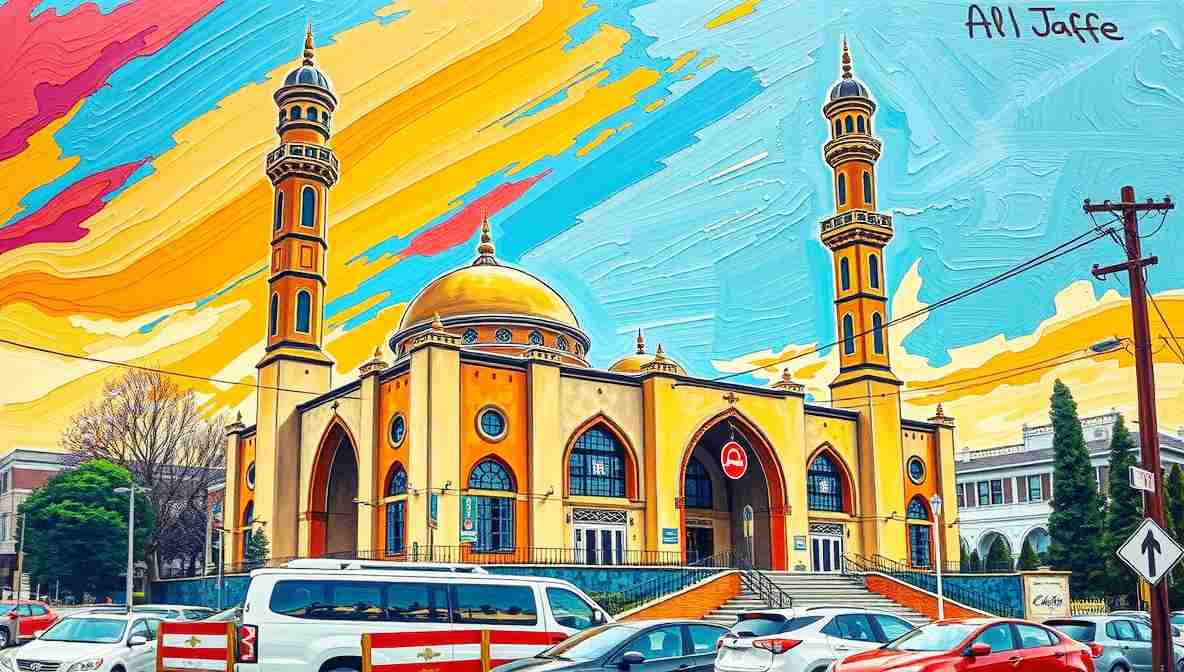Political experts analyze the coalition that elected NYC’s youngest mayor in decades
Generational Shift in New York City Politics
Zohran Mamdani’s victory in the New York City mayoral race represents a seismic shift in urban electoral politics, driven primarily by overwhelming support from voters under 35 and recent arrivals to the city. ABC News analysis of exit polling data reveals that Mamdani captured approximately 68 percent of voters aged 18-34, the highest margin among young voters in a New York City mayoral race in over three decades.
This generational divide reflects broader trends in American politics, where younger voters increasingly support progressive candidates who address economic inequality, climate change, and social justice issues. Mamdani’s campaign understood this demographic advantage and built an organization specifically designed to mobilize young people who traditionally have low turnout in municipal elections.
Digital-First Campaign Strategy
Unlike traditional mayoral campaigns that prioritize television advertising and newspaper endorsements, Mamdani’s team invested heavily in digital organizing and social media engagement. The campaign created viral content on TikTok, Instagram, and Twitter that reached millions of young New Yorkers. Short videos explaining policy positions in accessible language, behind-the-scenes content humanizing the candidate, and user-generated content from supporters created an authentic digital presence that resonated with younger voters.
The campaign also utilized sophisticated data analytics to identify potential young supporters and target them with personalized messages. Text message banking, WhatsApp groups, and Discord servers created communities of supporters who could organize themselves with minimal top-down direction. This decentralized approach empowered volunteers and created genuine grassroots enthusiasm rather than manufactured campaign energy.
Economic Anxiety and Housing Crisis
Political scientists analyzing Mamdani’s victory emphasize that youth support wasn’t just about style or digital savvy. Young New Yorkers face unprecedented economic challenges, particularly around housing affordability. The median rent for a one-bedroom apartment in Manhattan exceeds $4,000 per month, making independent living impossible for many young professionals even with good jobs.
Mamdani’s platform directly addressed these concerns with specific proposals: expanded rent stabilization, incentives for building affordable housing, and restrictions on real estate speculation. While opponents criticized these policies as unrealistic or economically harmful, young voters facing impossible housing markets found them compelling. The campaign effectively argued that bold action was necessary because incremental approaches had failed.
Student Debt and Economic Opportunity
Exit polls showed that Mamdani performed particularly well among voters with student loan debt, a group that skews young and includes many recent college graduates who moved to New York City for career opportunities. While federal policy determines student loan programs, Mamdani’s broader economic message resonated with voters feeling squeezed by debt, high living costs, and stagnant wages.
The mayor-elect’s emphasis on creating good jobs with benefits, protecting worker rights, and ensuring that economic growth benefits everyone rather than just wealthy property owners connected with young professionals who feel locked out of economic security despite educational credentials and hard work. This economic populism proved more effective than cultural appeals or identity politics in building a winning coalition.
Newcomer Support and Immigration Politics
Mamdani also performed exceptionally well among recent arrivals to New York City, particularly immigrants and people who moved to the city within the past five years. As the son of immigrants himself, with a mother born in India and a father from Uganda, Mamdani’s personal story resonated with New York’s diverse immigrant communities.
His campaign conducted extensive outreach in multiple languages, held community meetings in neighborhoods throughout the outer boroughs, and built relationships with ethnic and cultural organizations. This groundwork paid dividends on election day, with strong turnout in immigrant-heavy districts that had previously shown lower participation rates in municipal elections.
College-Educated Non-Elites
The Economic Times described Mamdani as appealing to “college-educated voters who aren’t captains of industry,” a demographic that has grown substantially in New York City. These are young professionals working in education, nonprofit organizations, creative industries, and service sectors who have degrees but lack the wealth and economic security of previous generations of college graduates.
This group faces particular frustration because they followed traditional paths to success, education and career building, but find themselves unable to afford the middle-class lifestyle their parents enjoyed. Mamdani’s message that the system is rigged against ordinary people, even educated ones, and needs fundamental reform proved powerful among voters who feel they did everything right but still struggle financially.
Implications for Urban Politics
Mamdani’s coalition suggests a model for progressive candidates in other major cities. By combining strong support from young voters, recent arrivals, and economically anxious professionals, candidates can overcome traditional political establishments. The challenge will be governing effectively and delivering on promises to maintain this coalition’s enthusiasm and turnout in future elections.
Political observers note that demographic trends favor this coalition’s growth. As millennials and Gen Z become larger portions of the electorate, and as cities continue attracting young professionals and immigrants, the potential exists for similar political realignments in other urban centers. Mamdani’s victory may represent not an anomaly but the beginning of a broader transformation in American urban politics.



